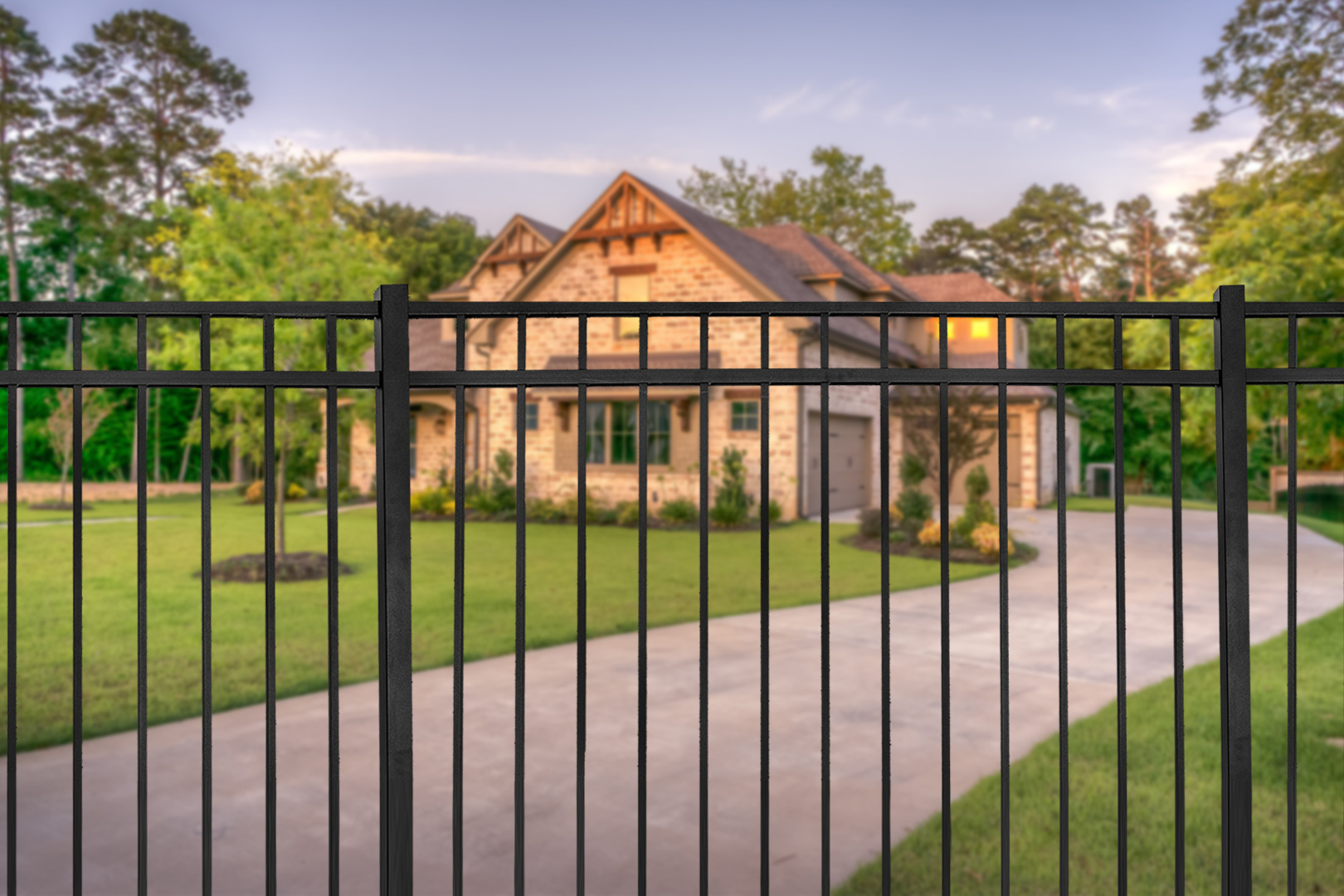All Categories
Featured
Mounting a fence around your building can substantially boost its safety, visual, and personal privacy appeal. Before the installment procedure starts, it's necessary to appropriately prepare your residential or commercial property to ensure that every little thing goes efficiently. Preparing your building can help avoid unexpected delays, expenses, or issues during the installment, making certain a expert and easy end result. Below's a guide on just how to prepare your building for fencing setup.
In addition, look for any type of underground barriers like automatic sprinkler, irrigation pipelines, or energy lines. You can typically contact your neighborhood utility company to note the places of these below ground attributes to avoid accidental damages throughout installation. It's constantly best to make certain the ground is without blockages prior to the contractor begins excavating.
![]()
![]()
Final thought. Preparing your home for fencing installation is a crucial step in the process that can conserve you stress, cash, and time. By recognizing regional guidelines, marking property lines, getting rid of the installation area, and interacting with your neighbors, you can guarantee a smooth and effective installment. Making the effort to prepare properly will not just make the installation process simpler however also lead to an attractive, durable fencing that improves your residential or commercial property for years ahead.
- Check Local Rules and Permits. Before starting the physical prep work, it's essential to understand the local guidelines surrounding fencing installment. Each district might have various guidelines pertaining to fencing elevation, material, placement, and whether a license is required. You may require to acquire a license before installment or validate with your Homeowners Organization (HOA) if you reside in a neighborhood with particular guidelines. Constantly research the zoning and permitting policies in your location to stay clear of penalties or having to renovate your job.
- Mark Your Property Lines. Understanding exactly where your residential or commercial property lines are is important to make sure the fencing is set up properly. You do not intend to accidentally construct part of your fencing on your next-door neighbor's land, as this can result in disputes. If you're unclear of your residential property lines, consider employing an expert property surveyor to note them for you. Numerous home owners incorrectly presume the limits are where spots or fencings already exist, however having an official survey done can prevent pricey errors.
- Clear the Installment Location. Next off, you need to prepare the location where the fence will be installed. These items can interfere with the fencing installation procedure and may require added labor or equipment to get rid of, which can raise costs and time.
In addition, look for any type of underground barriers like automatic sprinkler, irrigation pipelines, or energy lines. You can typically contact your neighborhood utility company to note the places of these below ground attributes to avoid accidental damages throughout installation. It's constantly best to make certain the ground is without blockages prior to the contractor begins excavating.

- Consider Accessibility for Installation Tools. Throughout the fencing installment process, hefty devices such as vehicles, posts, or diggers may require to access your residential property. Clearing the pathway also assists to avoid damages to your lawn, landscape design, or any type of structures near the setup location.
- Connect with Next-door neighbors. If you're setting up a fencing on or near the residential or commercial property line, it's considerate to educate your next-door neighbors concerning the task in advance. If you're working with a specialist, ask them to be conscious of your next-door neighbor's building throughout setup.
- Pick Your Fence Product and Design. Prior to installment begins, make a decision on the kind of fence product and design you want. There are different alternatives to select from, consisting of wood, plastic, aluminum, chain-link, and wrought iron, each with its advantages and disadvantages. Consider your objectives for the fencing-- whether it's personal privacy, safety and security, looks, or low maintenance-- and how each product suits your requirements. Furthermore, see to it to interact your option with the service provider so they can prepare as necessary, guaranteeing they have all the required materials available for a smooth installation.

- Prepare for the Last Touches. If you've chosen for a decorative or custom-made design, the installment group may require additional time to guarantee whatever aligns as planned. It's an excellent idea to inspect the fencing once the installation is full to ensure everything fulfills your expectations.
Final thought. Preparing your home for fencing installation is a crucial step in the process that can conserve you stress, cash, and time. By recognizing regional guidelines, marking property lines, getting rid of the installation area, and interacting with your neighbors, you can guarantee a smooth and effective installment. Making the effort to prepare properly will not just make the installation process simpler however also lead to an attractive, durable fencing that improves your residential or commercial property for years ahead.
Latest Posts
Building a Solid Financial Future with WyHy
Published Apr 19, 25
1 min read
Full Circle Strategic Marketing - Modern Website Design That Drives Conversions
Published Apr 19, 25
2 min read
Ornamental Iron Fencing: Beauty and Stamina
Published Apr 19, 25
1 min read